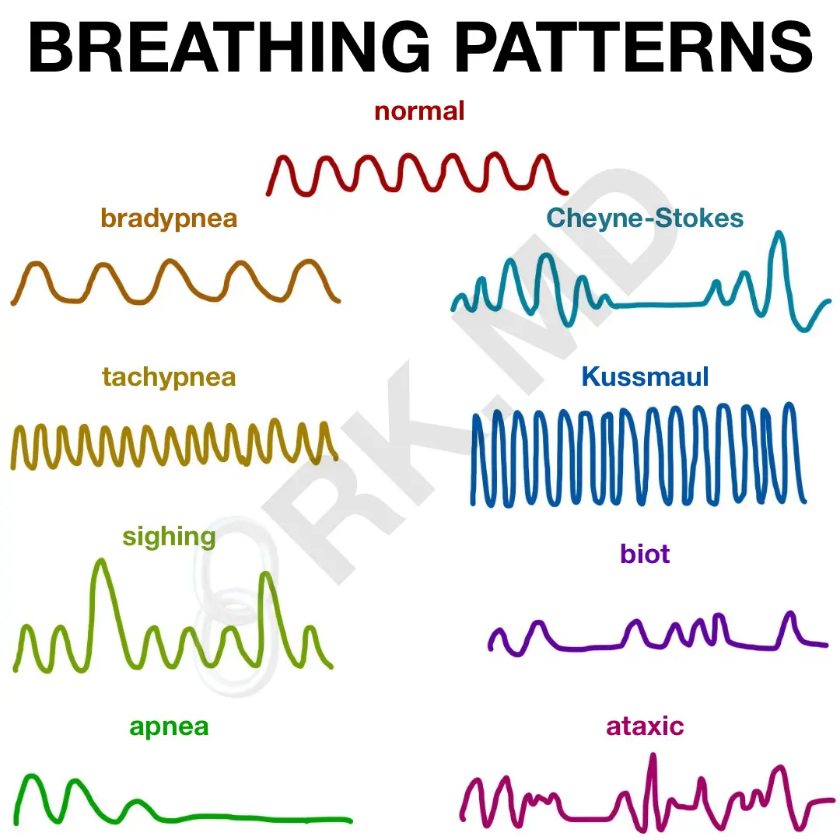When you receive the shift report, you learn that your patient has no special skin care needs. You are surprised during the bath to observe reddened areas over bony prominences. What action is appropriate?
Redo the initial assessment and document current findings
Perform and document a focused assessment of skin integrity
Correct the initial assessment form
Conduct and document an emergency assessment
The Correct Answer is B
A. Redo the initial assessment and document current findings:
This option suggests repeating the entire initial assessment. While reassessment is important, redoing the entire initial assessment may not be necessary. Instead, a focused assessment on the specific area of concern (skin integrity) is more appropriate.
B. Perform and document a focused assessment of skin integrity:
This is the recommended choice. If unexpected findings are observed during care, such as reddened areas over bony prominences, it is important to conduct a focused assessment on the skin to identify any issues and document the findings accurately.
C. Correct the initial assessment form:
Simply correcting the initial assessment form may not address the immediate need for assessing and addressing the reddened areas. It is more crucial to perform a focused assessment on the skin.
D. Conduct and document an emergency assessment:
Reddened areas over bony prominences may not necessarily indicate an emergency. However, addressing the issue promptly is important. A focused assessment would be more appropriate than conducting a full emergency assessment.
Nursing Test Bank
Naxlex Comprehensive Predictor Exams
Related Questions
Correct Answer is B
Explanation
A. Regular deep respirations interspersed with periods of apnea:
This describes periodic breathing, which is different from Cheyne-Stokes respirations. Periodic breathing consists of regular cycles of deep respirations followed by periods of apnea.
B. A pattern of crescendo-decrescendo respirations followed by a period of apnea
Cheyne-Stokes respirations are characterized by a pattern of crescendo-decrescendo respirations, meaning that the depth and rate of breathing gradually increase and then decrease. This is followed by a period of apnea, during which there is a temporary cessation of breathing. The cycle then repeats.
C. Patient breathing less than 10 breaths per minute:
This describes bradypnea, which is an abnormally slow respiratory rate. Cheyne-Stokes respirations involve rhythmic, cyclical changes in respiratory rate and depth.
D. Patient breathing shallow and more than 24 breaths per minute:
This describes tachypnea, which is an abnormally fast respiratory rate. Cheyne-Stokes respirations are characterized by a distinct pattern of alternating crescendo-decrescendo respirations followed by apnea.

Correct Answer is C
Explanation
A. Pallor:
Pallor refers to an unusually pale or white skin color. It is often associated with reduced blood flow, anemia, or shock. Pallor is characterized by a lack of the normal rosy color of the skin.
B. Jaundice:
Jaundice is a yellowing of the skin and mucous membranes due to an excess of bilirubin in the blood. It can be associated with liver dysfunction or other conditions affecting the normal breakdown and elimination of bilirubin.
C. Cyanosis:
Cyanosis is a bluish-gray discoloration of the skin and mucous membranes caused by a decrease in oxygen levels in the blood. It can result from various conditions affecting oxygenation, such as respiratory or circulatory problems. In the context of a broken leg, cyanosis on the affected leg could suggest compromised blood flow or oxygenation.
D. Erythema:
Erythema refers to redness of the skin, often due to increased blood flow to the area. It can be a normal response to irritation, injury, or inflammation. Unlike bluish-gray discoloration seen in cyanosis, erythema is characterized by a red appearance.
Whether you are a student looking to ace your exams or a practicing nurse seeking to enhance your expertise , our nursing education contents will empower you with the confidence and competence to make a difference in the lives of patients and become a respected leader in the healthcare field.
Visit Naxlex, invest in your future and unlock endless possibilities with our unparalleled nursing education contents today
Report Wrong Answer on the Current Question
Do you disagree with the answer? If yes, what is your expected answer? Explain.
Kindly be descriptive with the issue you are facing.
